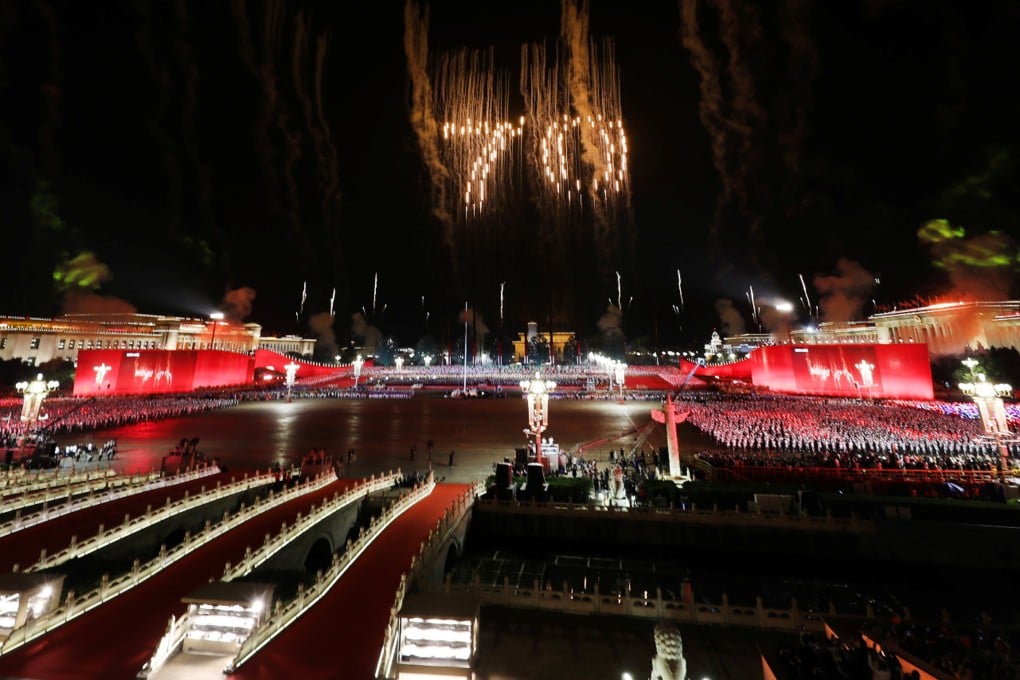Editorial | Parade more about peace than war
- For some, the showcase of military prowess could appear threatening but China’s rise is also built on its commitment to a peaceful world

Given the rapid expansion of China’s military budget, such hi-tech weapons development can easily seem at odds with China’s repeated reassurances of a peaceful rise. In that sense it could be construed as threatening by other countries.
In the event the aggressive potential of the display was muted, with many observers saying the tone was more moderate than expected. The overall emphasis of the whole celebration, including the military part, appeared to be to show China’s progress and inspire pride among the people rather than projecting an intimidating image. However, perception is in the eye of the beholder. If viewers were suspicious or held a negative view of the Chinese government, they could feel uneasy about television images of advanced weaponry and phalanxes of highly drilled troops. But such images do not necessarily reflect an aim to project a threat.
China’s need to modernise its military is understandable. It was, in fact, the last sector subject to such reform. That said, while modernisation may boost national pride, it can easily be misunderstood by other nations. And by making people proud, military prowess can also breed nationalism and lead to more aggressive policies that are not good for China’s future development.
It is good therefore that for the first time the military parade projected a softer side of modernisation by featuring Chinese peacekeeping troops, who now play a bigger part in United Nations peace operations. Taking part in these missions is a practical way for the PLA to support China’s vow of a peaceful rise. Separately, yesterday’s civilian parade showcased the Chinese people’s peaceful aspirations. Overall, such a celebration of China’s rise should not be seen as threatening world peace.

